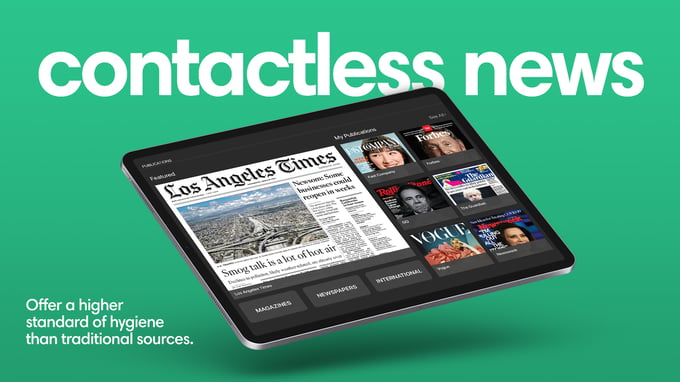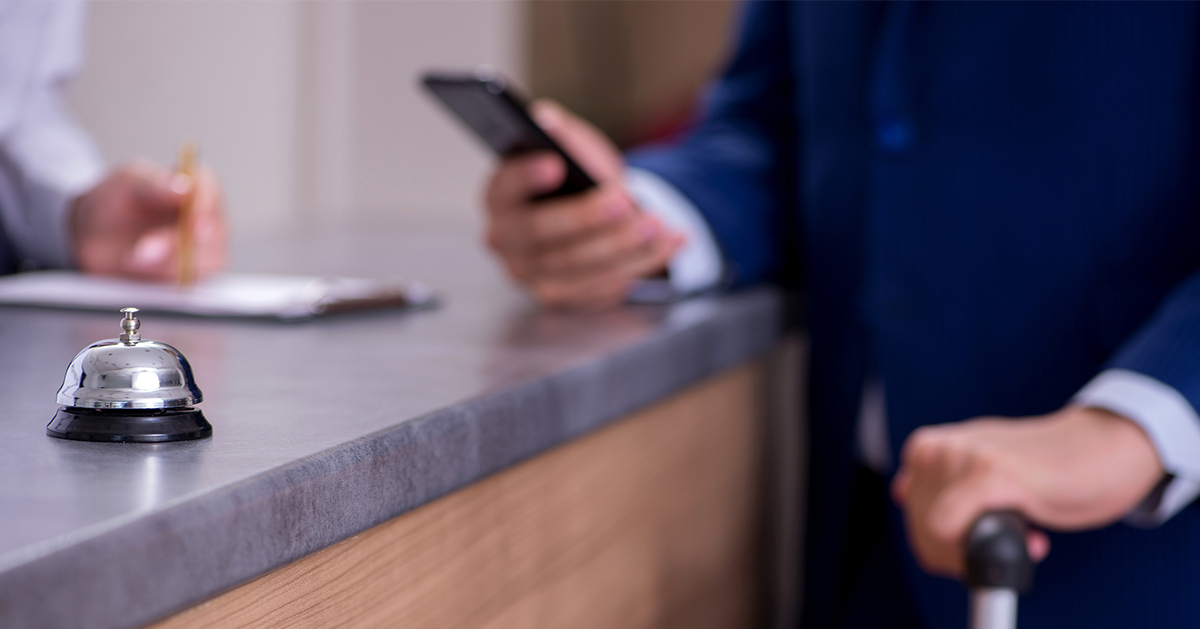With the world gearing up for life after COVID-19, we’re seeing a big shift towards going digital. It’s got us wondering what travel will be like when tickets are re-booked, planes have taken off the runway, and hotels have opened their doors. Hotels, in particular, are setting guidelines and taking steps to ensure the safety of their guests. Here’s what some of the industry’s best is doing today to be ready for tomorrow:
Transportation
Getting your guests from place to place is going to be very different from what it used to be. Airport shuttles will need to provide more space, which means less people per shuttle, and more frequent trips. If your hotel offers valet services, you may need to consider disinfecting each vehicle before and after each pickup. Some hotels like Hotel Crescent Court are suspending the service altogether.
Lobby makeover
Good call investing in that automatic sliding door for your entrance — it’s going to come in handy as guests are encouraged to minimize contact with their environments. Many hotels are rearranging their furniture to provide extra space. Some are taking it a step further by removing most of their chairs and tables to discourage congregating altogether. You’re likely already doing this, but setting up more hand sanitizer stations throughout your lobby, room entrances, restaurants, and conference halls will go a long way towards making guests feel comfortable. Consider marking your floors with directional carpeting, or good old fashioned tape to give guests a clear flow of traffic when going from the entrance, to check-in, to their rooms.
Interacting with your guests
Everything is shifting towards digital. And for good reason. It’s contact-free, sanitary, and the most convenient way for guests to meet their needs. The check-in process will be new too, as many hotels now offer curbside check-in like at The Wayfinder Hotel at Newport, Rhode Island. Some larger hotel chains are offering contactless check-in/check-out with ‘digital keys’ where you only need your mobile phone. The AHLA recommends avoiding any credit-card passing during payments, but if it does happen, employees should wash their hands for at least 20 seconds with warm soapy water. With less opportunity for face to face interaction with guests, hoteliers will have to find creative ways to show service excellence and make a good impression.
A contactless experience
Hotel groups like AM Resorts and Remington Hotels are coming up with ways to ensure their rooms are as sanitized as possible. From sealing pillows, blankets and even in-room tablets in vacuum packing to single use preventative sleeves for television remotes, hotels are focusing on providing a personalized experience by giving guests ease of mind. Of course our favorite is how many hotels already offer digital newspapers and magazines to their guests giving them a higher standard of contactless news compared to traditional methods.
Creating guidelines for your staff
Coming up with a set of rules or guidelines is a great way to keep safety top of mind. But it’s also a great way to show your guests that you care, and you're taking action. Giving guests confidence in your hotel’s adjustment to new change is important to ensure they keep coming back. Our friends at the WTTC have compiled the Global Protocols for the New Normal in Hospitality for hotels to pull ideas from. Skift is also keeping an up-to-date list of guidelines that companies in the industry are releasing.
While best practices in tourism trends may shift each year, this year brought change no one could have anticipated. Now, more than ever, is the time for digital and contactless solutions in the hospitality and tourism industry. Think of all the time guests spend on their devices when they travel. How will you adapt for change? Maybe we can help.







